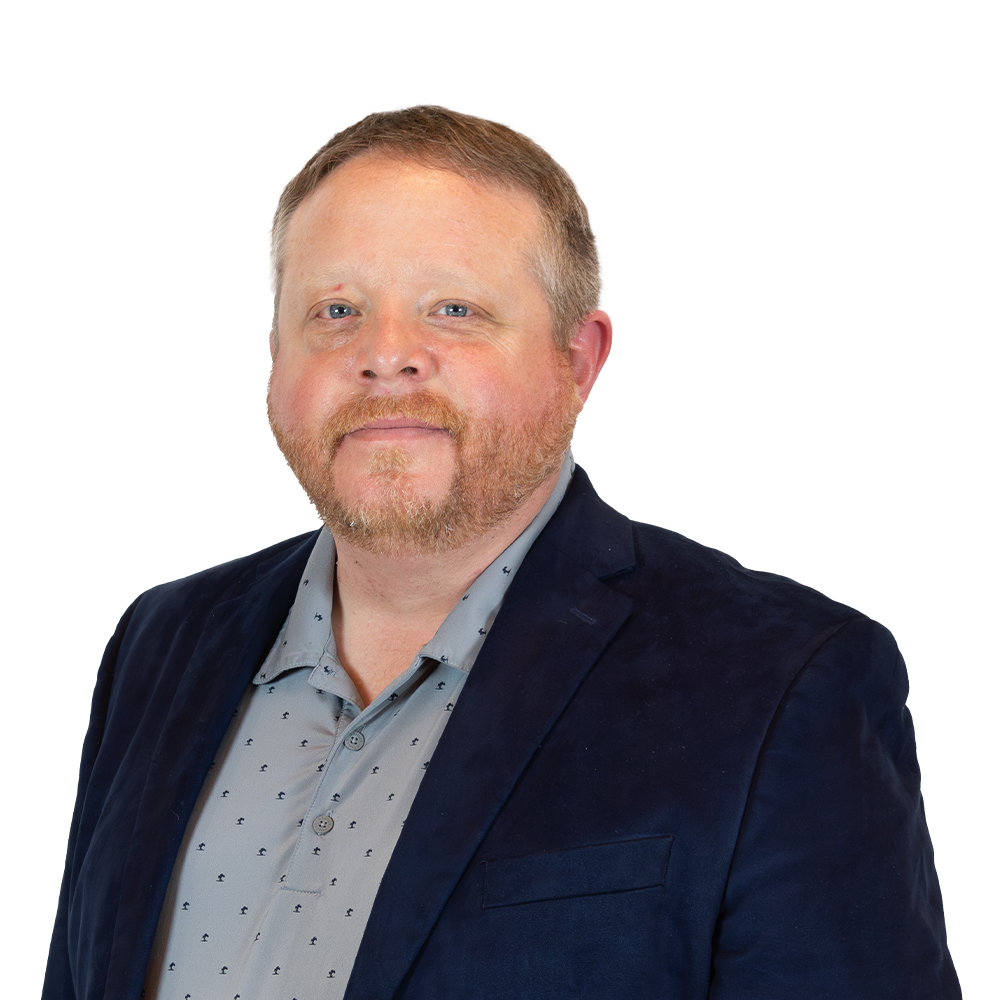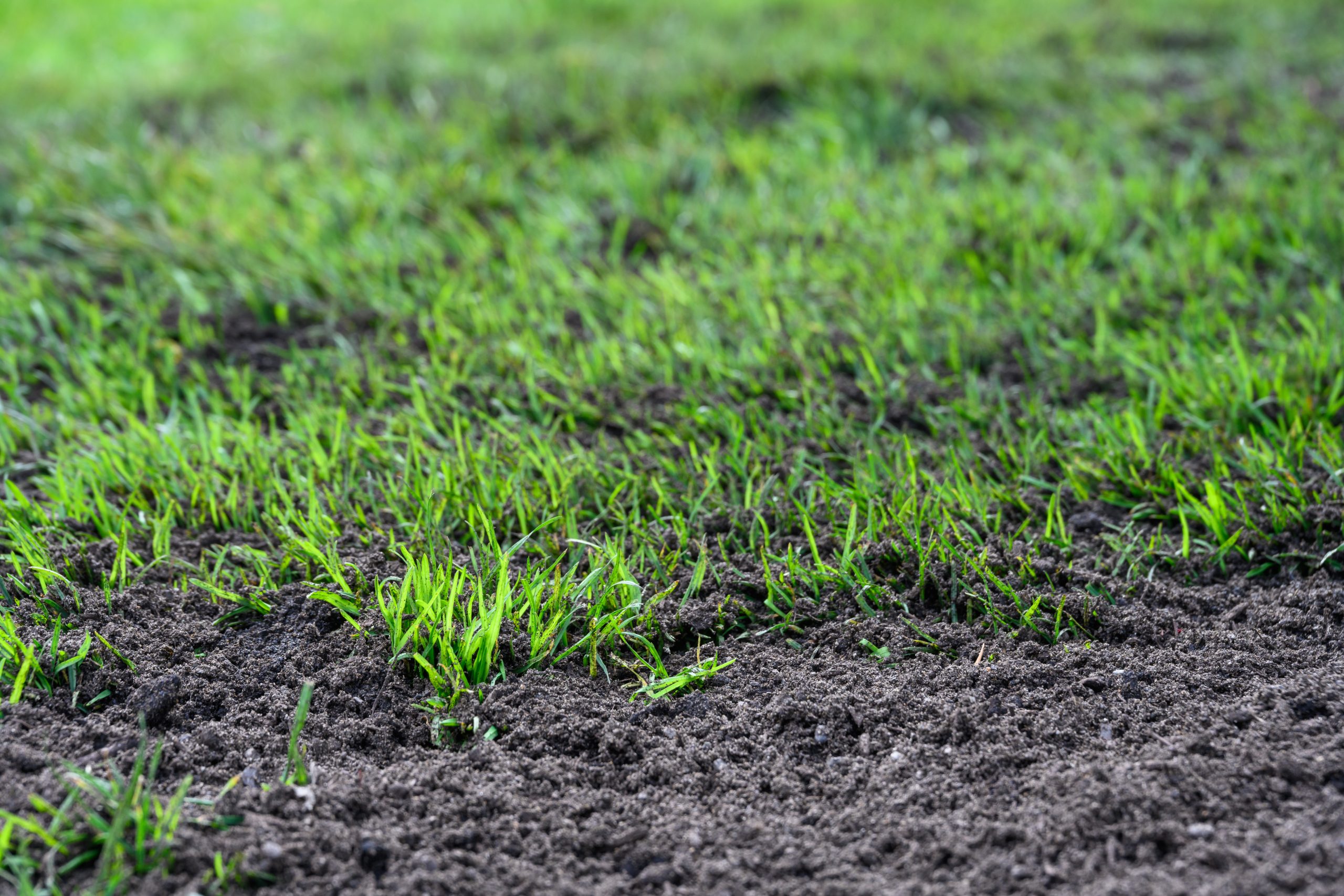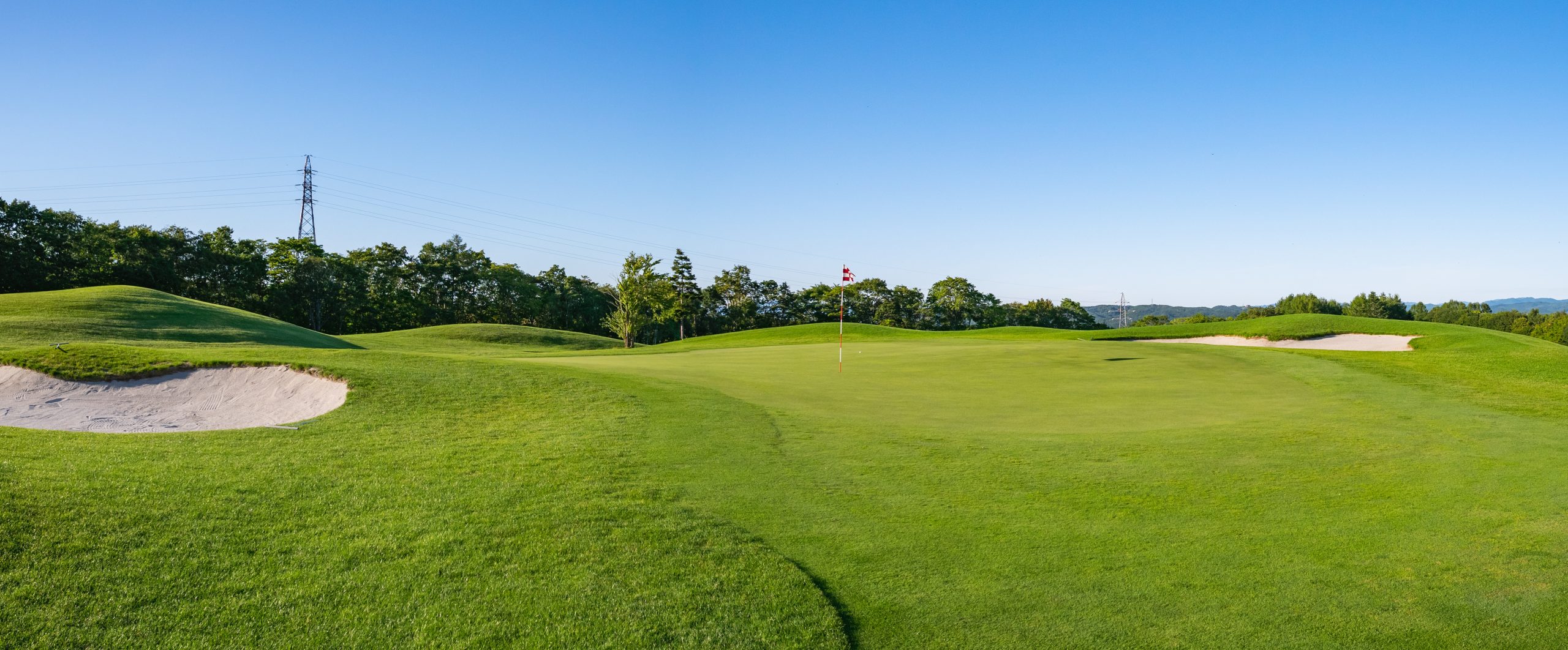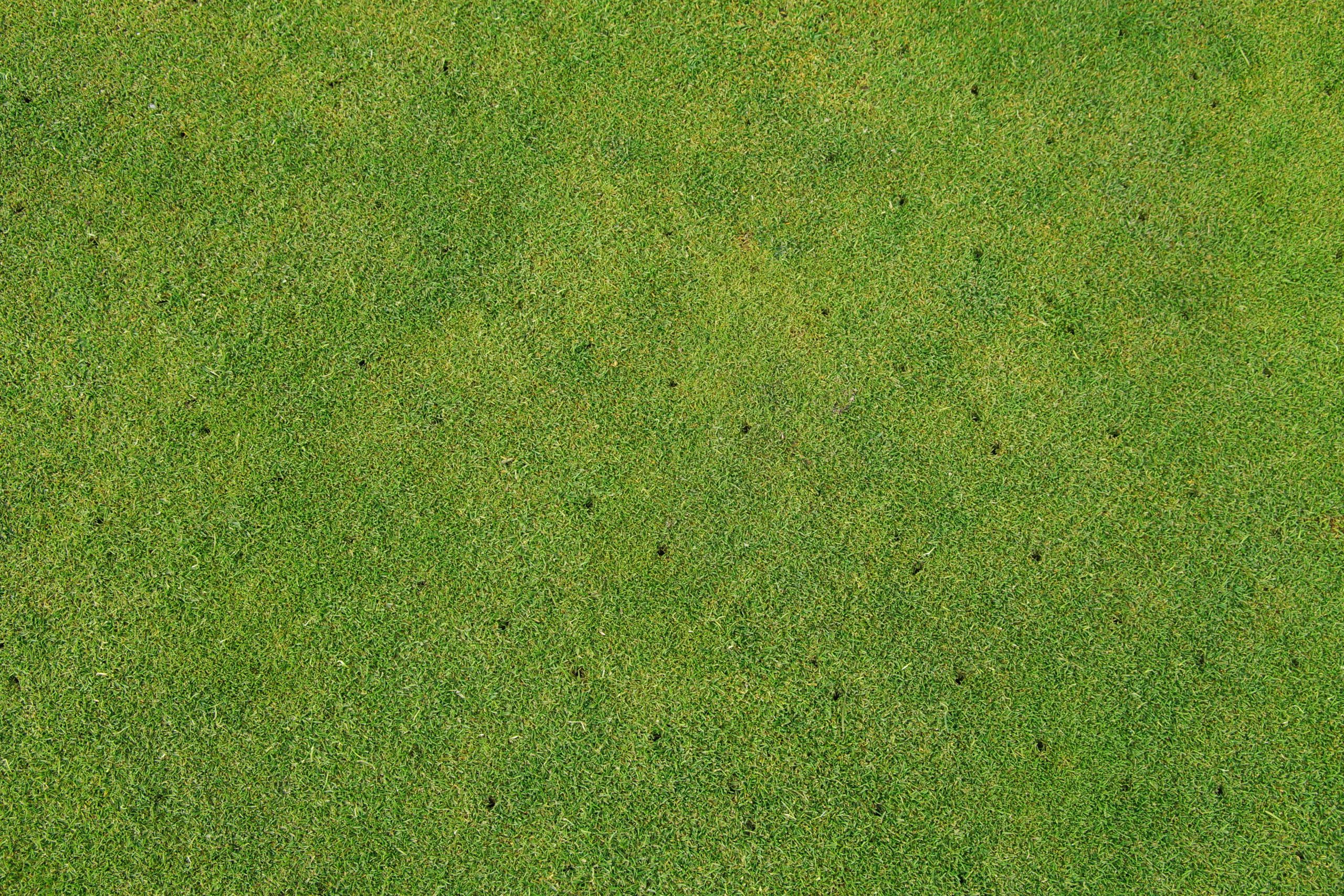Any good golf course greens program includes several different cultural practices. I would argue that topdressing your greens is one of, if not the most, important practice you should be using on your greens. Yes, aeration and verticutting are important, but a good topdressing program really steers the ship.
Here in Eastern North Carolina and South Carolina, I would guess that 85-90% of golf course greens are ultradwarf bermudagrass. During the growing season here, greens grow at an accelerated pace that requires critical thatch management. This is where topdressing comes into play. Topdressing is key in diluting thatch, increasing firmness, and improving the smoothness of surfaces. As I stated before, I believe that a good topdressing program is the centerpiece of any good greens program. Simply put, if you are going to aerate greens, it should be followed by a topdressing. Also, if you are going to verticut your greens, this too should be followed by a topdressing. You see, topdressing is married to all of the other cultural practices. That’s why it’s the most important cultural practice you can put into your greens program. Here are some tips when choosing the correct topdressing regiment:
Topdressing intervals are important. I believe that on ultradwarf bermudagrass, you should topdress at least every two weeks. In a perfect world, I would go weekly. I realize that many courses cannot make this happen. It is hard to find a time every week that has minimal play disruption, and quite frankly, topdressing is not a cheap endeavor. So, if you are not able to topdress every week, at least try to make it work every two weeks.
Topdressing particle size should closely mimic the topsoil that exists in the greens profile if the greens profile is suitable! If you are having problems with your soil profile, do not topdress with similarly sized particles. Make sure you correct the profile first before wasting your money and adding to your problems. Buy yourself a sand sieve and test your particle size to be sure you are getting the proper sized sand. I found sand sieves online for as cheap as $60. Spending the money and making sure that you are not creating a bridging problem is a smart idea. Remember, fine particles over coarse particles will likely cause a perched water table in the top layers of the profile. Coarse over fine means you are fine.

Along the same lines, make sure that the sand you are using is not too fine. Using very fine sand can seal your greens off and not allow any moisture or nutrients into your soil profile. Working too fine of a sand particle size into your greens is an easy mistake to make because, in an effort to minimize play disruptions, turf managers will want to use a finer sand so that golfers are less likely to complain about playing conditions.
Find a reputable distributor. Ask questions of your supplier. In my travels, I have seen too many horror stories when it comes to sand. I have seen sand loads with gravel in them that will hurt playing conditions as well as damage reels. I have also seen sand loads that were supposed to be one size and put out by a manager only to realize that the particle size was wrong (see the ‘buy the sand sieve’ portion of the article again). Most sand distributors are NOT professional turf managers. Most likely, you will have to guide them to what you need to use on your turf stands.
As you can see, topdressing is an important process. Make sure you are making an educated decision when it comes to choosing your sand and frequency intervals for your operations. Reach out to your ATS rep with any questions.













